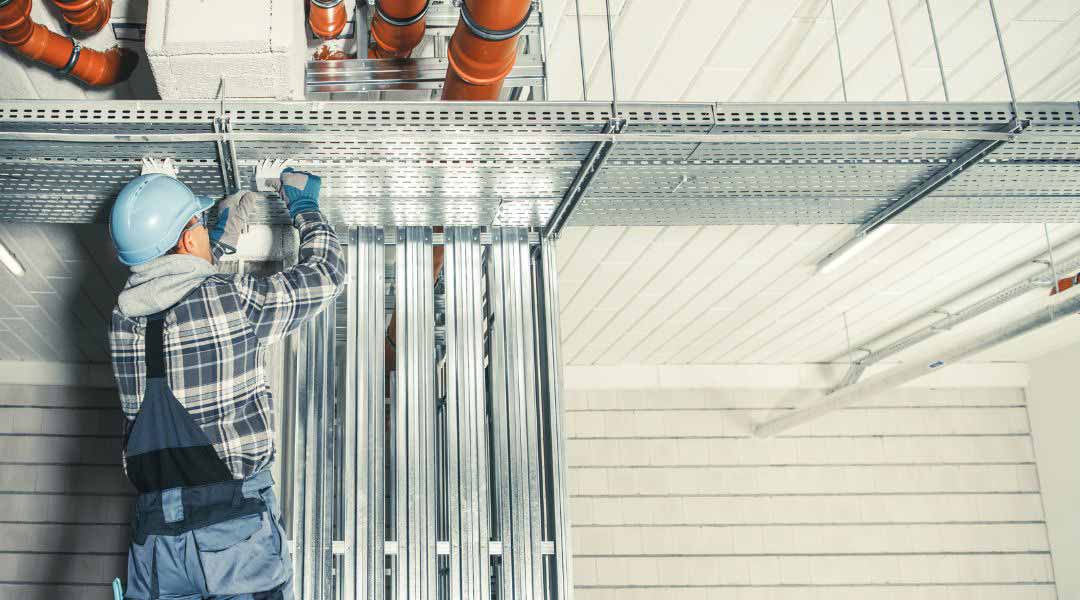
What You Need To Know About Asbestos Abatement
For the most part, asbestos production is now against the law in the US. This has been the case for well over 40 years now, or nearly half a century. Unfortunately, it’s still found in many structures and homes today, particularly in buildings that were constructed pre-1980s. Asbestos-containing building materials, or ACBMs, include but are not limited to the likes of:
- Adhesives
- Finishes
- Fire-proofing
- Flooring
- Installation material
- Roofing products
- Wall and ceiling materials
Exposure to asbestos is a health hazard. Mitigating the effects of asbestos or removing it outright is generally referred to as asbestos abatement. However, before anything else, the material/s suspected to contain asbestos must undergo a professional inspection mainly for the risk factor to be determined.
It should be noted that sometimes, leaving asbestos as is actually lessens the chances of exposure and people being at risk. That’s only sometimes, however, hence the need for inspection. If a clear hazard is determined or if the ACBM will end up in the pathway of demolition or renovation, then a plan has to be set. That way, the removal or handling of the essentially toxic material can be done as safely and efficiently as possible. There are professionals with the right tools and training to handle such situations. Calling on them for help is the best course of action in these cases. That way, no workers or erstwhile occupants of said building end up in harm’s way.

What you need to know about asbestos abatement
There is a general set process when it comes to abating asbestos that involves:
- Clear Awareness of the Work Plan
- Accurate Demarcation
- Proper Work Area
- Contaminated Material Removal
- HEPA Vacuuming
Clear Awareness of the Work Plan
A plan will be created by an industrial hygienist, which the abatement contractor will abide by. There will be details on area treatment from prep all the way to clean up. It should state all laws (local, state, and federal) which the contractor has to follow during the procedure.
Accurate Demarcation
It’s important for the hazardous area to be marked clearly by the contractor. Have the building cleared all the way until clearance testing is done to ensure safety for all.
Proper Work Area
Disable the HVAC system and seal any air ducts. Areas outside of the treatment zone have to be sealed off with plastic sheets that are thick, coupled with air pressure differential and filtration. It falls to the industrial hygienist to make sure the work area prep is done correctly.
Contaiminated Material Removal
Hand tools and wet methods are what will drive the asbestos-containing building materials repair or removal. Protective clothing covering and respirators will be worn by the contractors for protection. ACBMs are put in waste disposal bags, sealed, and taken away through a designated decontamination unit. A decontamination chamber around the work area will be established, including a shower.
HEPA Vacuuming
Vacuums with special high-efficiency particulate air (HEPA) filtration meant specifically for asbestos removal will be at work. That way, any asbestos fibers during the removal will be minimized. Down the line, it also helps with cleanup.
Asbestos is generally dangerous since it’s a carcinogen, though in some cases, leaving it within the building structure is best. However, in other cases, it’s downright hazardous and should be repaired or removed through asbestos abatement. The process involves working with an industrial hygienist and contractors as well as having a properly sealed-off work area coupled with air filtration.
Looking to get asbestos abatement? CVE is California’s #1 asbestos abatement company. Ask about other residential services like mold remediation, lead removal, and COVID-19 cleaning.
Contact Us Today
[contact-form-7 id=”352″ title=”Right BAr”]



